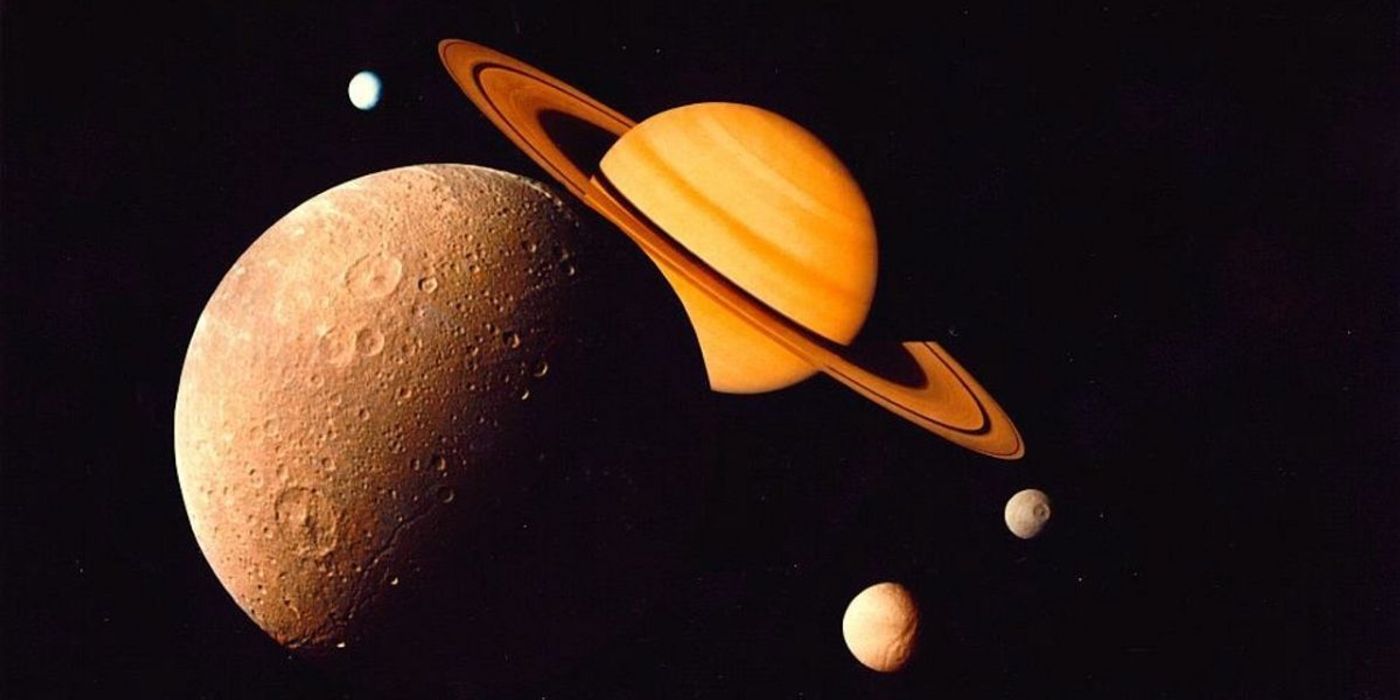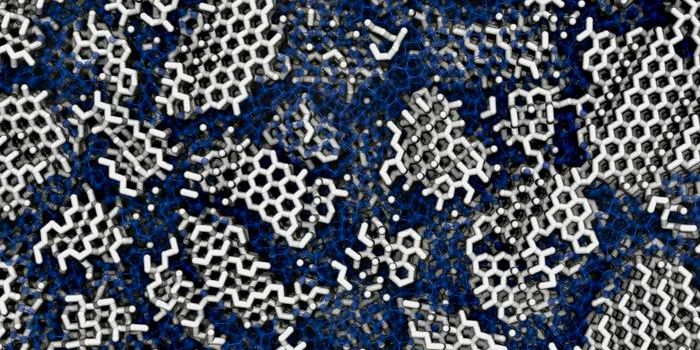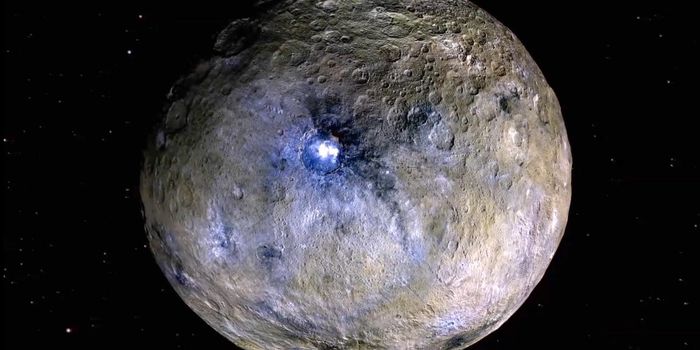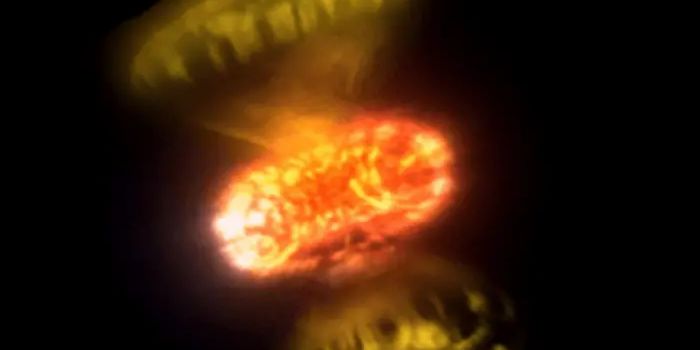Giant Plumes on Saturn's Moon May Hold Signs of Life
Saturn’s moon, Enceladus, has giant erupting plumes of water that, scientists say, can not be explained by known geochemical processes, and may thus be signs of life. The study behind these findings was published in Nature Astronomy by scientists at the University of Arizona Paris Sciences & Lettres University.
Previous observations by NASA’s Cassini spacecraft found that the giant water plumes on Enceladus contain a high concentration of dihydrogen, carbon dioxide, and methane. As these chemicals are linked to hydrothermal vents at the bottom of the Earth’s oceans, scientists sought to investigate whether Earthlike microbes may be ‘eating’ dihydrogen to produce methane.
Searching for these Earthlike microbes, also known as methanogens, on Enceladus’ seafloor is beyond current technical capabilities as it would involve deep-dive missions that may not be possible for many decades. As such, the scientists used mathematical models that combined geochemistry and microbial ecology to calculate the probability of different processes, including biological methanogenesis, existing on the moon.
In doing so, they found that the observed plumes could not be solely explained by methane production according to known hydrothermal chemistry, without biological aid. They found however that the plumes could be explained by biological processes, if the probability of life emerging on the moon is high enough.
"If the probability of life emerging on Enceladus is low, the Cassini measurements are consistent with habitable yet uninhabited hydrothermal vents and point to unknown sources of methane (for example, primordial methane) awaiting discovery by future missions." write the researchers in the paper.
"Obviously, we are not concluding that life exists in Enceladus' ocean," says Regis Ferriere, one of the study’s two lead authors, "Rather, we wanted to understand how likely it would be that Enceladus' hydrothermal vents could be habitable to Earthlike microorganisms. Very likely, the Cassini data tell us, according to our models.”
"And biological methanogenesis appears to be compatible with the data. In other words, we can't discard the 'life hypothesis' as highly improbable. To reject the life hypothesis, we need more data from future missions," he added.
Sources: Nature Astronomy, EurekAlert









